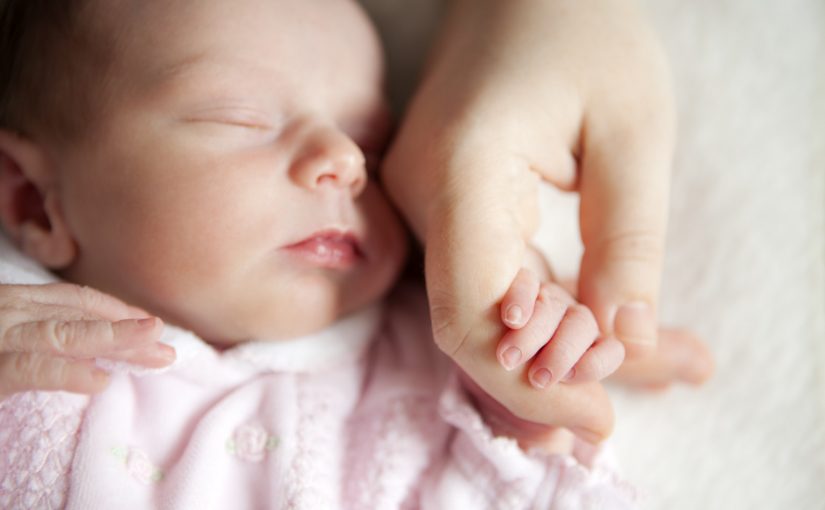2017 was a year of many milestones from the 150th anniversary of Marie Curie’s birth to fifty years since the first heart transplant. One milestone that is not well known but was particularly significant for Australians was the 50th anniversary of the national Anti-D program which has saved the lives of 2 million babies since 1967.
Anti-D is a powerful antibody that protects babies from Rhesus D Haemolytic Disease of the Foetus and Newborn, or HDN, a disease in which a mother’s body creates an antibody that destroys her unborn child’s red blood cells. HDN can cause anaemia and jaundice leading to heart failure, brain damage and still birth.
“Historically, HDN was one of the major causes of infant mortality and lifelong severe disability in our population,” explains Professor Robert Flower, transfusion scientist at the Australian Red Cross Blood Service. “It was a terrible, terrible condition.” And it still has the potential to affect one in every six newborns in Australia. That’s about 40,000 babies every year.”
HDN is determined by blood group. About 17% of Australia’s population has Rh(D)- blood: O-, A-, B- or AB-. The rest are Rh+. When a mother with Rh(D)- blood becomes pregnant with a baby that has Rh(D)+ blood from a Rhesus positive father, there is a risk her immune system will create antibodies that can cross back through the placenta and go on to attack the red blood cells of her next Rh(D)+ baby. Once these antibodies have been made, the body will retain them for life – a condition known as sensitisation.
This first Rh+ baby is often unaffected, because the antibodies don’t develop in time to create significant harm. However, for most women, their antibodies grow more powerful with each Rh+ pregnancy, which means the damage to their babies becomes more severe, too.
It was an Australian researcher called John Gorman who helped to discover the solution to HDN. By simply injecting a pregnant Rh- mother with the anti-D antibody, he found that blood cells from an RhD+ baby can be neutralized before the body has a chance to make harmful antibodies.
After Gorman’s discovery, Australia became the first country in the world to start a donor program to obtain anti-D and the first country to administer it to pregnant women. All of Australia’s anti-D plasma now comes from a tiny pool of around 200 generous donors who give blood once per fortnight to save babies’ lives. Some of these individuals are men who agreed to be immunized in order to provide a continuing supply and some are women previously affected through pregnancy.
Australia’s world-class pathology services have been instrumental in supporting the Anti-D program and helping to identify babies at risk of HDN. Routine blood tests allow expectant mothers to find out their blood type which will determine their need for a dose of anti-D. Current Australian guidelines recommend every woman in Australia with Rh- blood receive anti-D prophylaxis at 28 and 34 weeks of pregnancy, and again post-natally.
Thanks to this treatment, the number of Australian children who die from HDN has fallen over a hundred-fold, to approximately 0.01 deaths per 1000.
However, Haematologist Dr Ellen Maxwell cautions that the story does not end here; “Pathologists and scientists now aspire to provide anti-D only to those women who really need it, i.e. are carrying a Rhesus positive foetus. Newer pathology techniques assessing free fetal DNA in the mother’s circulation during pregnancy may be the key: helping to determine Rhesus blood group before therapy is given empirically. This is now even more relevant given, in attempting to eradicate the disease, we are also slowly eradicating the source of prevention: immunized mothers.”

